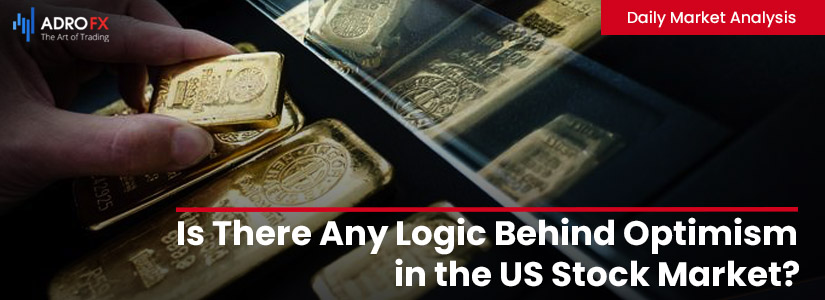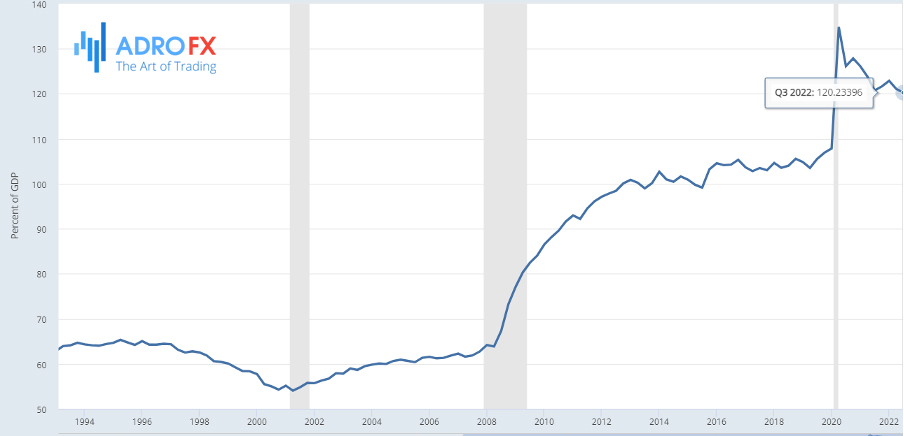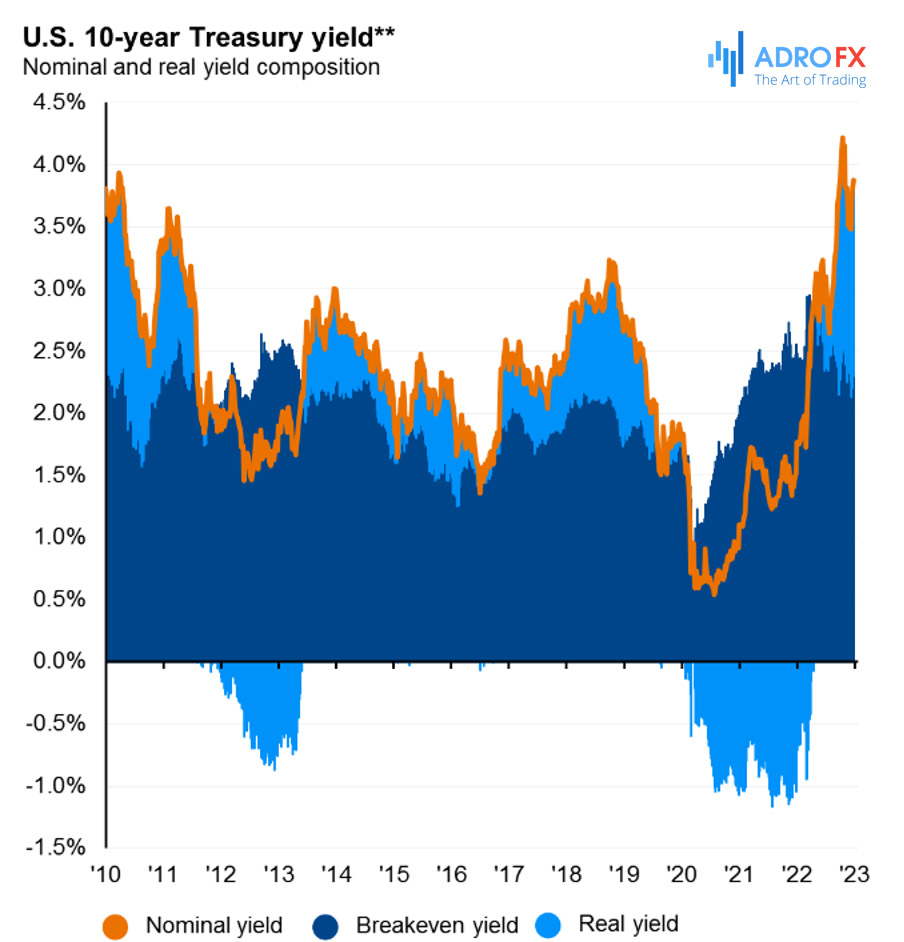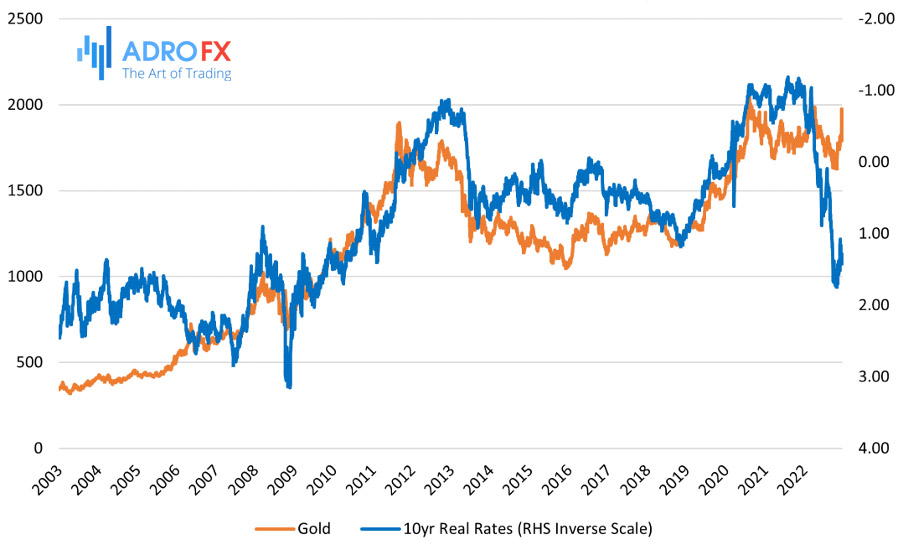Is There Any Connection Between Gold and the Fed? | Daily Market Analysis

Key events:
- Eurozone – CPI (YoY) (Jan)
- USA – GDP (QoQ) (Q4)
- USA – Initial Jobless Claims
- USA – Crude Oil Inventories
When investors invest in gold, they are not at all hedging against a government default. Ironically, they are actually betting that the Federal Reserve (Fed) will increasingly misuse its monetary policy to help the government avoid default. Investors did not necessarily realize this when they decided to invest in gold. Nevertheless, we can provide ample evidence of the connection between the price of gold and the Fed's actions.

Since 2008, U.S. government debt has grown twice as much as GDP, as you can see in the first chart below. A similar situation has been observed with individual and corporate debt. The following chart shows the total debt in the U.S. economy, on top of the annual GDP.

Debt obligations come with rules that most issuers have to abide by. For individuals and corporations, it's about paying interest and eventually repaying the principal or defaulting.
The central bank does not print cash to finance the government, as many believe. They do, however, manage interest rates and buy Treasury debt (quantitative easing, or QE).
Monetary policy, including interest rate changes and QE, affects the supply of bonds on the open market and the yields at which they are traded. Thus, the Fed directly affects how much the Treasury Department spends on interest payments on its debt.
Without the Fed's help, interest rates would rise as the size of the debt increases relative to the country's ability to repay it.
Bond yields depend on supply and demand. Demand is, for the most part, controlled by inflation. Investor demand for bonds rises as yields rise over the life of the bond more than expected inflation. Conversely, in a free market, investors generally will not want to buy bonds if their yields are lower than the expected rate of inflation. So in order to understand how much help the Fed is giving the Treasury Department, we can look at actual yields.
Before the financial crisis, yields tended to stay around +2.00%. This spread corresponds fairly closely to data since 1970. Over those 50 years, the average real return was 2.30%. After 2010, the average real yield was .23%
In other words, the Fed probably helped the Treasury Department reduce its interest expense over the last decade by about 1.75%.

Having figured out how the Fed has helped reduce the U.S. Treasury Department's interest costs, let's now turn to gold. Investors in the gold market seem to realize that the Fed is using aggressive monetary policy to distort yields. And while the central bank has so far succeeded in doing so, in passing its actions also lead to a depreciation of the dollar. How do we know this?
The chart below shows the close correlation between gold and real returns that has persisted over the past 20 years.

The following conclusion can be drawn: gold prices show a close correlation with real returns when real returns are zero or negative. This correlation is negative, that is, when the real currency value decreases, gold prices rise. In other words, gold prices go up when the Fed uses a policy that is too stimulative for current conditions. With the exception of last year, this has always been the case for the past 15 years.
Investors in the gold market are betting that the Fed will continue to be lenient in its monetary policy. Without the Fed's help, the free market would force the Treasury Department and Congress to enforce discipline on interest rates. Higher rates would force our leaders to bring budgets in line with the tax base.
Real yields are now at their highest levels in more than a decade. For this reason, gold is showing weak momentum. Looking ahead, we need to ask ourselves how much longer the economy can sustain high real returns.
Economic growth, we think, will eventually falter, financial markets will falter, and the Treasury Department will start to object to high interest costs. And then the Fed will come to the rescue. In such a situation, they will aggressively cut rates so that real yields return to zero or lower levels. Such a development would be favorable for gold.
If the Fed continues its hawkish approach, real yields will remain positive and gold prices will continue to be under pressure.









